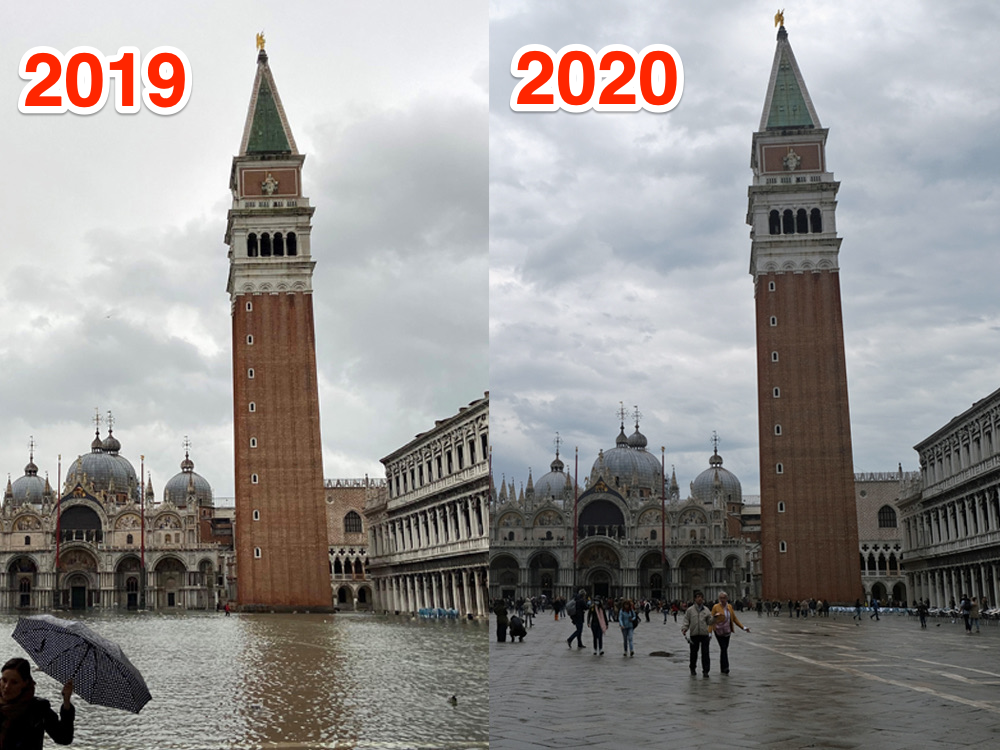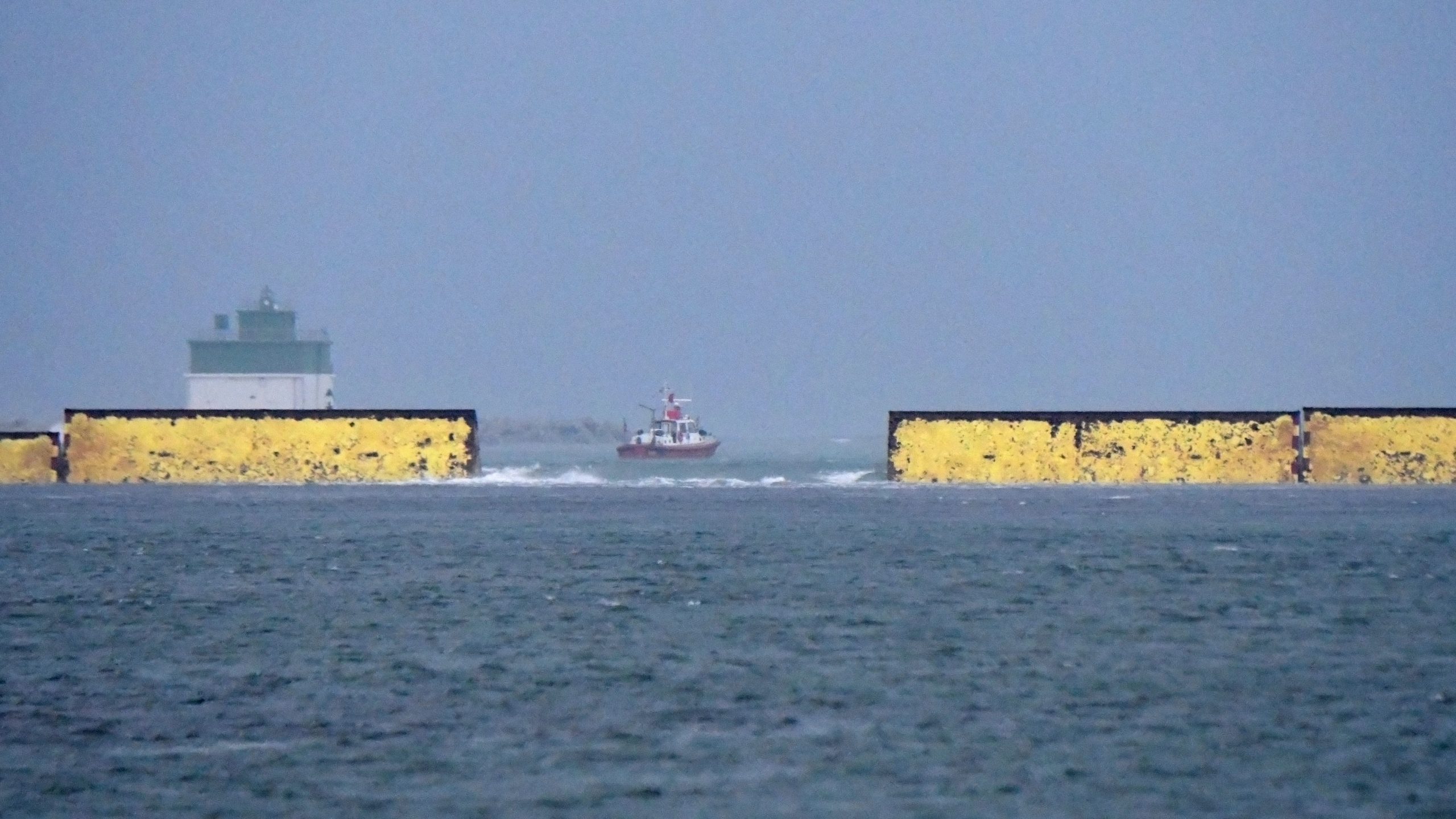
Getty Images/Reuters/Business Insider
- A mile-long network of barriers in Venice was activated during a flood on October 3, and kept the city dry.
- The project, called MOSE, has been underway since 1984, but finally saw use this year.
- The barriers rose from the Venice lagoon and blocked high waters from the Adriatic sea from entering.
- Visit Business Insider’s homepage for more stories.
A mile long network of barriers in Venice has successfully stopped flooding for the first time by holding back the sea’s incoming tide.
The Modulo Sperimentale Elettromeccanico (MOSE) is made up of 78 separate gates which can be raised to protect the city from high tides of up to 4.2ft.
Venice is currently experiencing the season of Acqua Alta (Italian for “high water”), the time from October to March when high tides have for years caused damaging flooding.
After the city recorded its worst floods in over 50 years in 2019, St Mark’s Square was left submerged under more than 3ft of water. But on Saturday, October 3, the MOSE system blocked an incoming tide.

Getty Images
The MOSE was designed in 1984, a response to a devastating tide decades earlier which ravaged the city, The Independent reported.
However, according to The New York Times, the construction process was haunted by cost overruns, corruption, and opposition from environmental and conservation groups.
The MOSE has already cost $6.4 billion (€5.5 billion), and is likely to reach $8 billion (€7 billion) by the time the project is completed in December 2021, according to Euronews.
This tweet from the Mayor of Venice, Luigi Brugnaro, showed the barriers in use:
—Luigi Brugnaro (@LuigiBrugnaro) October 3, 2020
He later said: "This was a historic day for Venice. There's a huge satisfaction, having spent decades watching helplessly as the water arrived everywhere in the city, causing vast amounts of damage."
